Chinese food is a true delight for the taste buds. From the vibrant flavors to the diverse cooking techniques, to the use of fresh and seasonal ingredients, it’s no wonder that Chinese cuisine is loved by so many people all over the world. And with a history dating back thousands of years, it’s a rich and fascinating culinary journey that is just waiting to be explored.
One of the most exciting things about Chinese cuisine is its focus on using the freshest of ingredients. This means that when you take a bite of a Chinese dish, you’re getting a burst of flavor that is simply unmatched. And because the ingredients are so fresh, Chinese cuisine is also one of the healthiest types of food you can eat.
But Chinese cuisine isn’t just about fresh ingredients – it’s also about the sauces and seasonings that bring the flavors to life. Think about that perfect balance of soy sauce, hoisin sauce, and oyster sauce that gives Chinese dishes that unique and irresistible taste. It’s this combination of fresh ingredients and carefully crafted sauces that make Chinese cuisine so special.
And then there are the cooking techniques. Stir-frying, steaming, boiling, roasting, and deep-frying are just some of the techniques used in Chinese cuisine, and they result in dishes that are not only delicious but also visually stunning. The bright colors, textures, and aromas of Chinese food are truly a feast for the eyes.

Chinese Food in China
So, what exactly do the Chinese people eat within their homeland? Well, that’s a big question, as there are so many different regional cuisines and local specialties, but there are some dishes that are particularly popular and widely enjoyed.
One dish that is a staple across China is noodles. From the chewy hand-pulled noodles of the north, to the thin and delicate rice noodles of the south, noodles are a beloved part of the Chinese diet. They’re often served with a variety of toppings, like meat and vegetables, and are a filling and flavorful option for any meal.
Another popular dish is dumplings, which are loved for their versatility and delicious taste. These little pockets of flavor can be filled with a variety of ingredients, including meat, seafood, or vegetables, and are often steamed or boiled. In northern China, they’re often served with a spicy dipping sauce, while in the south, they’re enjoyed with a sweet soy sauce.
Rice is also a staple in Chinese cuisine, and it’s served with almost every meal. Whether it’s plain steamed rice or a more elaborate dish like fried rice, rice is a staple that provides a filling base for other flavors to build upon.
For those who love spicy food, Sichuan cuisine is a must-try. Sichuan dishes are known for their bold and spicy flavors, with ingredients like chili peppers and Sichuan peppercorns being used in dishes like mapo tofu, kung pao chicken, and boiled fish.
Cantonese cuisine, on the other hand, is known for its delicate and refined flavors, with dishes like dim sum, roast duck, and congee being particularly popular. Cantonese cuisine is often associated with upscale restaurants, and it’s a popular choice for special occasions.
Of course, these are just a few examples of the incredible variety of dishes that are enjoyed by the Chinese people within their homeland. From the street food stalls of Beijing to the high-end restaurants of Hong Kong, there’s a Chinese dish for every palate and every occasion.
Chinese Food at Breakfast
In China, breakfast is a time to start the day on the right foot, with a meal that provides energy, nutrition, and comfort. From hot and savory dishes to sweet and satisfying treats, Chinese breakfast is a diverse and delicious meal that sets the tone for the rest of the day.
One of the most popular breakfast options in China is steamed buns, also known as baozi. These soft, fluffy buns are often filled with meat or vegetables and are a convenient and portable option for people on the go. They can be found at street vendors and breakfast stalls, and are often enjoyed with a cup of hot tea.
Another popular breakfast food is congee, a rice porridge that is often flavored with ingredients like ginger, scallions, or soy sauce. Congee is a comforting and filling option, and it’s a staple of the Chinese breakfast table. It’s often served with toppings like pickled vegetables, fried dough sticks, or even a fried egg, to add texture and flavor.
For those with a sweet tooth, you’ll find that Chinese breakfast has plenty of options to satisfy your cravings. Pastries like egg tarts, sesame balls, and steamed sponge cakes are popular choices, and they’re often enjoyed with a cup of hot milk or soy milk.
In addition to these traditional breakfast options, you’ll also find that many Chinese people enjoy a hearty breakfast of noodles or dumplings. Whether it’s a bowl of steaming noodle soup or a plate of steamed dumplings, these dishes provide a filling start to the day, and are a great way to enjoy a variety of flavors and ingredients.
Of course, these are just a few examples of the incredible variety of dishes that are enjoyed by the Chinese people at breakfast. Whether you’re a fan of savory or sweet, there’s a breakfast dish that is sure to delight your taste buds.
So, if you’re ever in China and want to start your day on the right foot, be sure to try some of the delicious breakfast options that are on offer. You’ll find that Chinese breakfast is a diverse and flavorful meal that will leave you feeling energized and ready to take on the day!

Chinese Food History
Chinese Cuisine has a history that spans thousands of years. It’s an incredibly flavorful journey, from the imperial dishes enjoyed by ancient emperors, to the street food and home-style cooking that sustained the Chinese people. Over time, this cuisine has adapted and evolved to reflect the changing tastes and trends of each era.
Let’s take a step back in time to the Neolithic period, when early humans first discovered the joys of cooking food. They cooked using fire and had a variety of ingredients, including rice, vegetables, and meats, at their disposal. This was the beginning of a culinary adventure that would shape the cuisine we know and love today.
Fast forward to the Zhou dynasty (1046-256 BCE), when the first written cookbooks were produced. These cookbooks were used by royal cooks to create dishes for the emperor and his court, and they helped lay the foundation for the cuisine that we still enjoy today. Can you imagine the elaborate banquets and imperial feasts that were served during this time?
The Han dynasty (206 BCE-220 CE) brought even more excitement to the cuisine, as the influence of the Silk Road trade routes introduced new ingredients and cooking techniques to China. This was a time of great culinary creativity and invention, with dishes like stir-fry, hot pot, and steamed dumplings first making their appearance.
The Tang dynasty (618-907 CE) was a time of sophistication and courtly elegance, with elaborate banquets and the use of exotic ingredients. It was also during this time that tea became popular in China, and tea houses and tea ceremonies became a staple of Chinese culture.
The Ming dynasty (1368-1644) saw the cuisine continue to evolve, with new cooking techniques like braising, roasting, and smoking being introduced. The imperial kitchen during this time was a marvel, with hundreds of cooks creating dishes for the emperor and his court.
And finally, the modern era of Chinese cuisine began in the late 19th and early 20th centuries, when Western influence began to make its mark. New ingredients like potatoes, corn, and beans were introduced, and Western-style cooking techniques like baking were adopted.
Today, Chinese cuisine is enjoyed all over the world, known for its use of fresh ingredients, bold flavors, and intricate preparation techniques. From the street food stalls of Beijing to the high-end restaurants of Hong Kong, there’s a Chinese dish for every palate and every occasion.

Chinese Street Food
From the bustling streets of Beijing to the quiet alleyways of Shanghai, street food is a staple of the Chinese diet, and it’s where you’ll find some of the most delicious and authentic dishes the country has to offer.
Here are some of the most popular street foods in China that you won’t want to miss:
Jianbing – This popular street food is a type of crepe, made with eggs, flour, and a variety of other ingredients like scallions, chili sauce, and crispy crackers. Jianbing is a staple of the northern Chinese diet and can be found at street vendors and food stalls all over the country.
Roujiamo – Often referred to as the “Chinese hamburger,” Roujiamo is a sandwich made with succulent pork, sliced vegetables, and spicy sauces, all nestled between two soft and fluffy pieces of bread. It’s a popular street food in northern China, and is a must-try for anyone visiting the region.
Scallion Pancakes – This savory street food is made with a mixture of flour, water, and scallions, fried until crispy and golden. Scallion pancakes are a staple of the Chinese breakfast scene, and can be found at street vendors and food stalls all over the country.
Stinky Tofu – Love it or hate it, stinky tofu is a street food that’s hard to ignore. This fermented tofu is known for its pungent aroma and its bold and flavorful taste, and it’s often deep-fried and served with a variety of dipping sauces.
Baozi – These soft and fluffy steamed buns are filled with a variety of ingredients, including meat, vegetables, and even sweet fillings like red bean paste. Baozi are a staple of the Chinese breakfast scene and can be found at street vendors and food stalls all over the country.
Shao Kao – This popular street food is skewered and grilled meat, often seasoned with spices and served with a variety of dipping sauces. Shao Kao can be found at street vendors and food stalls all over the country, and is a popular snack for those on the go.
These are just a few of the many delicious street foods that can be found in China. From the spicy and savory to the sweet and satisfying, street food is an integral part of the Chinese food culture, and it’s a must-try for anyone visiting the country.
The Top 10 Chinese Dishes You Need to Try
So, are you ready to discover the very best Chinese dishes that you simply have to try? Here they are:
Peking Duck
Peking Duck, oh boy, where do I start? This dish is a true delicacy hailing from Beijing, China and is known for its crispy, golden brown skin and mouth-watering flavor. And let me tell you, it’s not just any ordinary dish – it has a rich history and is considered a true masterpiece in the world of Chinese cuisine.
When it comes to preparing Peking Duck, the process is just as important as the end result. The duck is air-dried for several hours to ensure that the skin is super crispy and then it’s coated in a sweet and savory mixture of syrup, soy sauce, and spices. Finally, it’s roasted to perfection in a wood-fired oven, giving it that irresistible smoky flavor.
When it’s time to dig in, the crispy skin is served first, either on its own or wrapped in thin pancakes with scallions and a sweet bean sauce. And let me tell you, it’s a true feast for the senses – the sight of the whole duck being presented to the table, the aroma of the crispy skin, and the taste of that first bite, oh my!
But it’s not just about the taste, Peking Duck also has a cultural significance. It’s often served at special occasions, such as weddings and banquets, and is considered a crucial part of Beijing’s culinary heritage.
So, if you’re a foodie visiting Beijing, Peking Duck should definitely be on your must-try list. Trust me, you won’t regret it. The crispy skin, juicy meat, and unique flavor will leave you craving more and you’ll have a newfound appreciation for this true Chinese treasure.

Kung Pao Chicken
Kung Pao Chicken, now we’re talking! This dish is a true flavor explosion that originated in the spicy food capital of China, the Sichuan province. If you’re a fan of bold, spicy flavors, then this dish is right up your alley.
Imagine juicy, diced chicken stir-fried with bell peppers, onions, and peanuts, along with dried red chili peppers, garlic, ginger, and the star of the show – Sichuan peppercorns. These peppercorns add a unique, slightly numbing flavor that you just can’t find anywhere else. And let’s not forget the sauce – a savory mix of chicken broth, soy sauce, rice vinegar, and hoisin sauce, that takes this dish to the next level.
Kung Pao Chicken is the perfect meal to share with friends and family, and it’s also a great choice for large gatherings. And the best part? It’s versatile! Some people like to add mushrooms or zucchini to the mix, making it a dish that can be tailored to your specific taste preferences.
So, whether you’re a seasoned spicy food lover or just looking to try something new, Kung Pao Chicken is a must-try. The combination of juicy chicken, crunchy vegetables, and bold flavors is guaranteed to leave a lasting impression. Don’t be afraid to embrace the heat – Kung Pao Chicken is a flavor journey that you won’t want to miss.

Hot Pot
Hot pot, where do I begin? This Chinese dish is the ultimate gathering experience, perfect for family dinners, special occasions, or even just a casual night in with friends. It’s all about cooking your own ingredients in a simmering pot of flavorful broth, making it a fun and interactive dining experience.
Picture this: you’re sitting around a large pot with a spicy tomato broth or a mild miso broth, bubbling away. And the best part? You get to choose your own ingredients! Thinly sliced meats, seafood, vegetables, noodles – the options are endless. And once your ingredients are cooked to perfection, it’s time to dip them into a sauce of your choice – sesame, soy, you name it!
Hot pot is not only a delicious meal, but it’s also a healthy option. The broth is often low in calories, and you can customize the ingredients to fit your dietary needs. Plus, it’s a great way to try new flavors and experiment with different ingredients.
But let’s not forget the social aspect of hot pot. It’s a communal experience that brings people together and encourages interaction. Whether you’re catching up with old friends or spending quality time with family, hot pot is the perfect way to do it.
So, are you ready to dive into the hot pot experience? Gather your favorite people, choose your ingredients, and get ready for a flavor-packed adventure. This dish is guaranteed to leave a lasting impression and create memories that will last a lifetime.

Dim Sum
Dim Sum, a traditional Chinese dish, is a feast for the senses. It’s a celebration of small bite-sized portions of food, each with its own unique flavor and texture. Originating from the Cantonese region of southern China, Dim Sum has become a staple in Chinese cuisine all around the world.
When it comes to preparing Dim Sum, steaming is key. This cooking method helps to keep the food moist and tender while also preserving its delicate flavors. And the best part? You’ll get to enjoy it hot and fresh, straight from the steamer basket.
Now, let’s talk about what’s on the menu! From steamed pork buns filled with sweet or savory pork to shrimp dumplings, aka “Har Gow,” with juicy and fresh shrimp, to egg tarts with a creamy custard filling, there’s something for everyone. And if you’re feeling adventurous, try some chicken feet – a true delicacy in many parts of China.
Dining at a Dim Sum restaurant is a social experience. It’s about sharing and trying a variety of dishes with your friends and family. Servers will bring carts filled with steamer baskets or small plates of Dim Sum, and you get to choose what you want to try. It’s the perfect way to experience all the flavors and textures that Dim Sum has to offer.
In conclusion, if you’re looking to experience the best of Chinese cuisine, Dim Sum is a must-try. So gather your loved ones, head to your nearest Chinese restaurant, and let the feast begin!

Mapo Tofu
If you’re looking for a spicy and savory dish that packs a punch, then Mapo Tofu is the one for you! This traditional Chinese dish hails from the Sichuan province and has been winning over taste buds for generations.
Mapo Tofu is made by combining silky tofu with a rich and flavorful sauce, typically made with a base of ground meat (usually beef or pork), ginger, garlic, fermented bean paste, and a blend of spices that includes fiery Sichuan peppercorns and dried red chili peppers. The sauce is simmered until it’s thick and savory, and then the tofu is added, taking on all the delicious flavors.
The finished dish is a spicy and satisfying bowl of comfort food that is best enjoyed over a bed of steamed rice. The green onions and cilantro on top provide a fresh and cooling contrast to the heat, making Mapo Tofu a complete and well-balanced meal.
Whether you’re a fan of tofu or just love spicy food, Mapo Tofu is a must-try. So gather your friends and head to your nearest Chinese restaurant for a fiery and flavorful experience. Your taste buds will thank you!

Chinese Fried Rice
Chinese Fried Rice is a staple dish in Chinese cuisine that is enjoyed all over the world. This simple yet delicious dish is made by stir-frying cooked rice with a mixture of ingredients, including eggs, vegetables, and meats such as chicken, pork, or shrimp.
One of the key ingredients in Chinese Fried Rice is the rice itself. Long-grain rice is typically used as it holds its shape well and doesn’t become sticky when stir-fried. The rice is first cooked and then chilled, allowing the grains to separate and making them easier to stir-fry.
The stir-frying process involves quickly cooking the rice and other ingredients in a hot wok or pan with a small amount of oil. The ingredients are added in a specific order, with the eggs and vegetables being cooked first, followed by the meats, and finally the rice. As the ingredients are stirred together, they become infused with the flavors of the seasonings and sauces used, such as soy sauce, oyster sauce, and sesame oil.
Chinese Fried Rice can be customized to suit individual tastes and preferences. Some popular variations include Yangzhou Fried Rice, which is made with shrimp and scrambled eggs, and Hokkien Fried Rice, which includes seafood and dark soy sauce.
In conclusion, Chinese Fried Rice is a simple, yet flavorful dish that is a must-try for anyone who loves Chinese cuisine. With its versatility and customizable nature, it’s no wonder that this dish has become a staple all over the world. So why not treat yourself to a bowl of delicious Chinese Fried Rice today?

Sweet and Sour Pork
Sweet and Sour Pork is a classic Chinese dish that is beloved by many. This dish is made by deep-frying slices of pork and then tossing them in a sweet and sour sauce made with ingredients like vinegar, sugar, and ketchup.
The pork used in Sweet and Sour Pork is typically marinated in a mixture of soy sauce, cornstarch, and egg whites to give it a crispy exterior and tender interior. The deep-frying process gives the pork a crunchy texture, which pairs perfectly with the sweet and sour sauce.
The sauce for Sweet and Sour Pork is usually made by combining vinegar, sugar, ketchup, and other seasonings in a pan and heating until the mixture thickens. The sauce is then poured over the fried pork and mixed together until the pork is well coated. The dish is often served over a bed of steamed rice, making it a complete and satisfying meal.
Sweet and Sour Pork is a versatile dish that can be customized to suit individual tastes. Some people prefer a sweeter sauce, while others like it more sour. It’s also a great dish for using up leftover vegetables, as they can be added to the sauce and stir-fried with the pork.
In conclusion, Sweet and Sour Pork is a classic Chinese dish that is loved for its combination of crispy pork and sweet and sour sauce. Whether you’re a fan of sweet or sour, this dish is sure to please and make for a delicious and satisfying meal. So why not give it a try today?

Chow Mein
Chow Mein is a popular Chinese dish that consists of stir-fried noodles and vegetables in a flavorful sauce. This dish is typically made with wheat-flour noodles that are boiled until al dente, then stir-fried with an assortment of vegetables such as cabbage, carrots, bell peppers, and mushrooms.
The key to great Chow Mein is in the stir-frying process. The noodles and vegetables are quickly cooked in a hot wok or pan with a small amount of oil, allowing the flavors of the sauce and seasonings to be absorbed into the dish. The sauce is usually made from ingredients like soy sauce, oyster sauce, and ginger, and can be adjusted to taste.
Chow Mein is a versatile dish that can be customized to suit individual tastes. Vegetables can be added or removed as desired, and different meats such as chicken, pork, or beef can be used as well. Some popular variations of the dish include Seafood Chow Mein, made with shrimp and other seafood, and Vegetable Chow Mein, which is a vegetarian option.
In conclusion, Chow Mein is a delicious and satisfying dish that is enjoyed all over the world. With its simple yet flavorful ingredients, and its ability to be customized to individual tastes, it’s no wonder that this dish has become a staple of Chinese cuisine. So why not treat yourself to a plate of delicious Chow Mein today?
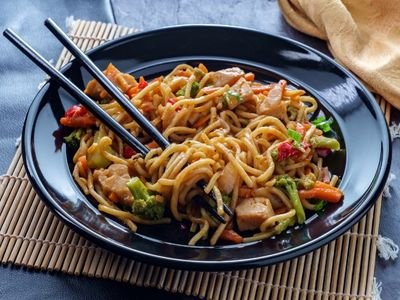
Chinese Spring Rolls
Chinese Spring Rolls are a popular dish in Chinese cuisine, known for their crispy golden exterior and flavorful filling. They are a staple of Chinese cuisine, enjoyed all over the country, from the bustling cities to the rural countryside.
The dish is made by wrapping a mixture of meat and vegetables in a thin and flaky pastry, which is then deep-fried to a golden crisp. Common fillings for spring rolls include shredded cabbage, carrots, mushrooms, and minced pork or beef, though there are many variations, including vegetarian options as well.
Spring rolls are often served as an appetizer or snack, and they can be found in many Chinese restaurants and food stalls around the world. They are a popular choice for large gatherings and special occasions, such as the Chinese New Year, and they are often enjoyed as a party food or street food.
The dish has a long and rich history, dating back to the Ming Dynasty, where it was first recorded as a popular snack food. Over the years, the dish has evolved and adapted to various regional styles and tastes, becoming a staple of Chinese cuisine and a beloved dish around the world.
In conclusion, Chinese Spring Rolls are a delicious and beloved dish in Chinese cuisine, known for their crispy exterior and flavorful filling. They are a staple of Chinese food culture and are enjoyed all over the country and around the world.

Yutiao
Yutiao, also affectionately known as Chinese doughnuts or deep-fried dough sticks, are a guilty pleasure for many Chinese food lovers. These delicious treats have been around for centuries and have remained a staple of Chinese cuisine to this day.
If you’re a fan of sweet and savory, then you’ll love Yutiao. They’re made by deep-frying a strip of dough that’s been rolled and twisted into a long, slender shape. The result? A crispy exterior and a chewy, fluffy interior that’s just begging to be devoured. You can enjoy them plain or go for a sweet twist and coat them in sugar, cinnamon, or any other sweet seasoning you fancy.

These golden bites of heaven are the perfect addition to any breakfast or snack time. Whether you’re grabbing a quick bite on the go or indulging in a mid-morning snack, Yutiao will hit the spot. They’re a staple of street food and fast food in China, and you can easily find them at food stalls, street vendors, and Chinese restaurants and bakeries.
The history of Yutiao dates back to the Tang Dynasty, and over the years, they’ve become a beloved snack around the world. So, the next time you’re craving a sweet treat, why not give Yutiao a try? These delicious deep-fried dough sticks are sure to satisfy your cravings and leave you wanting more.




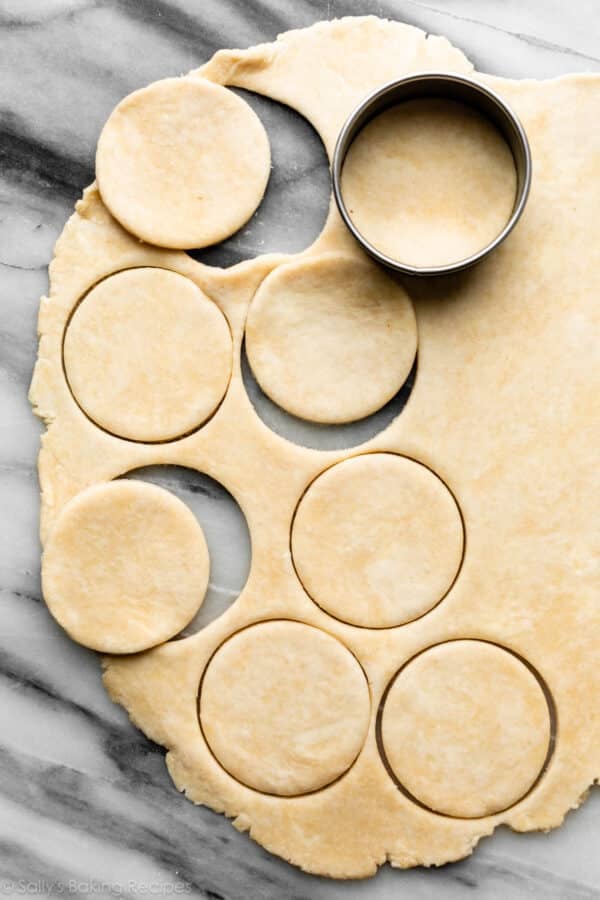

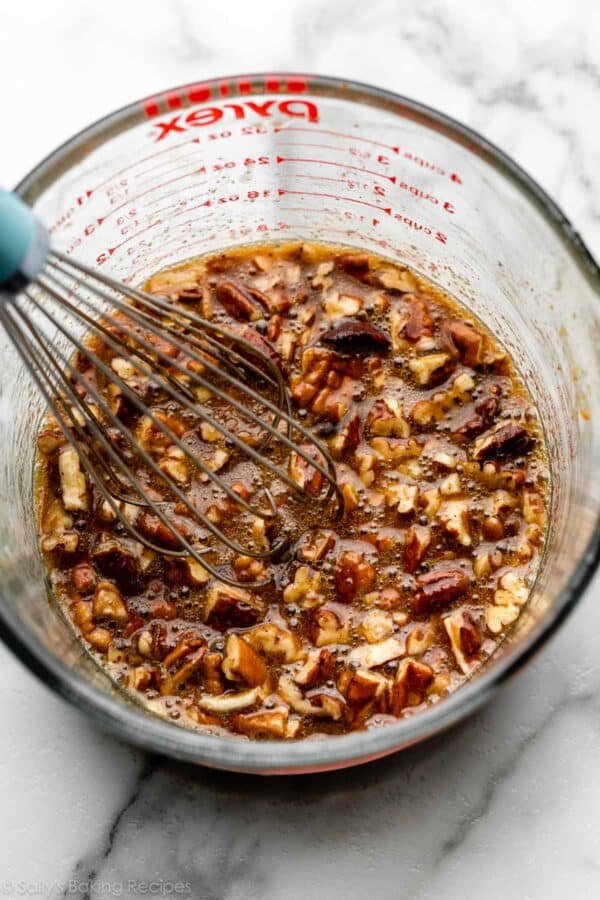
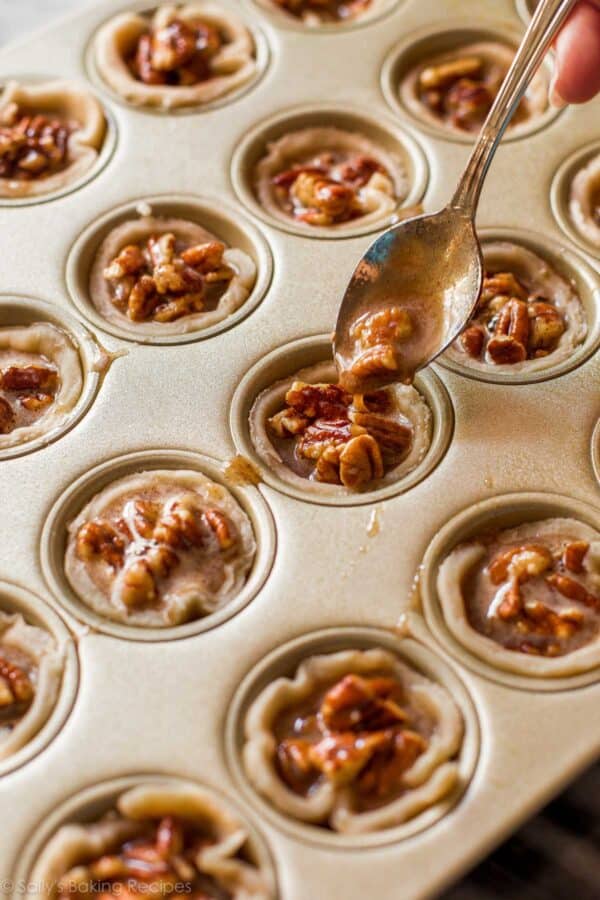








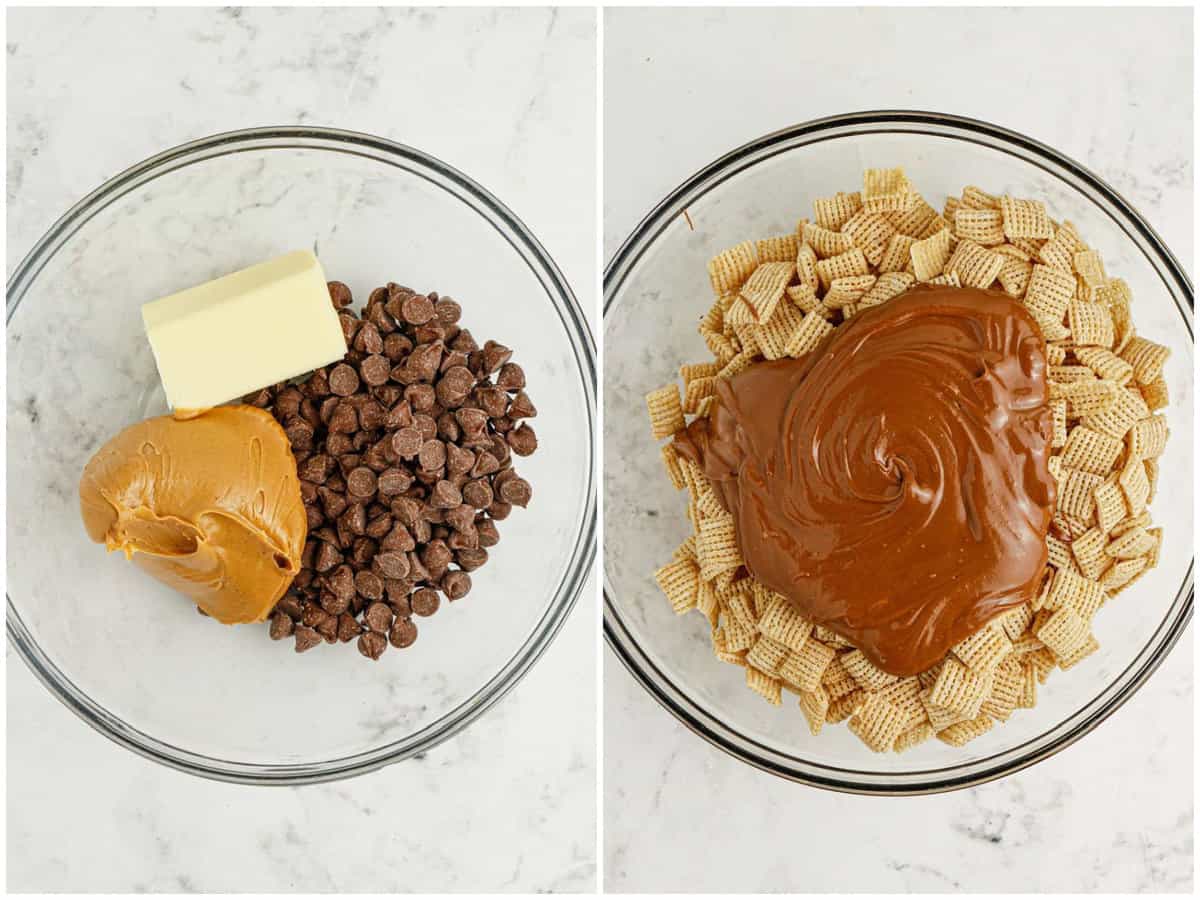
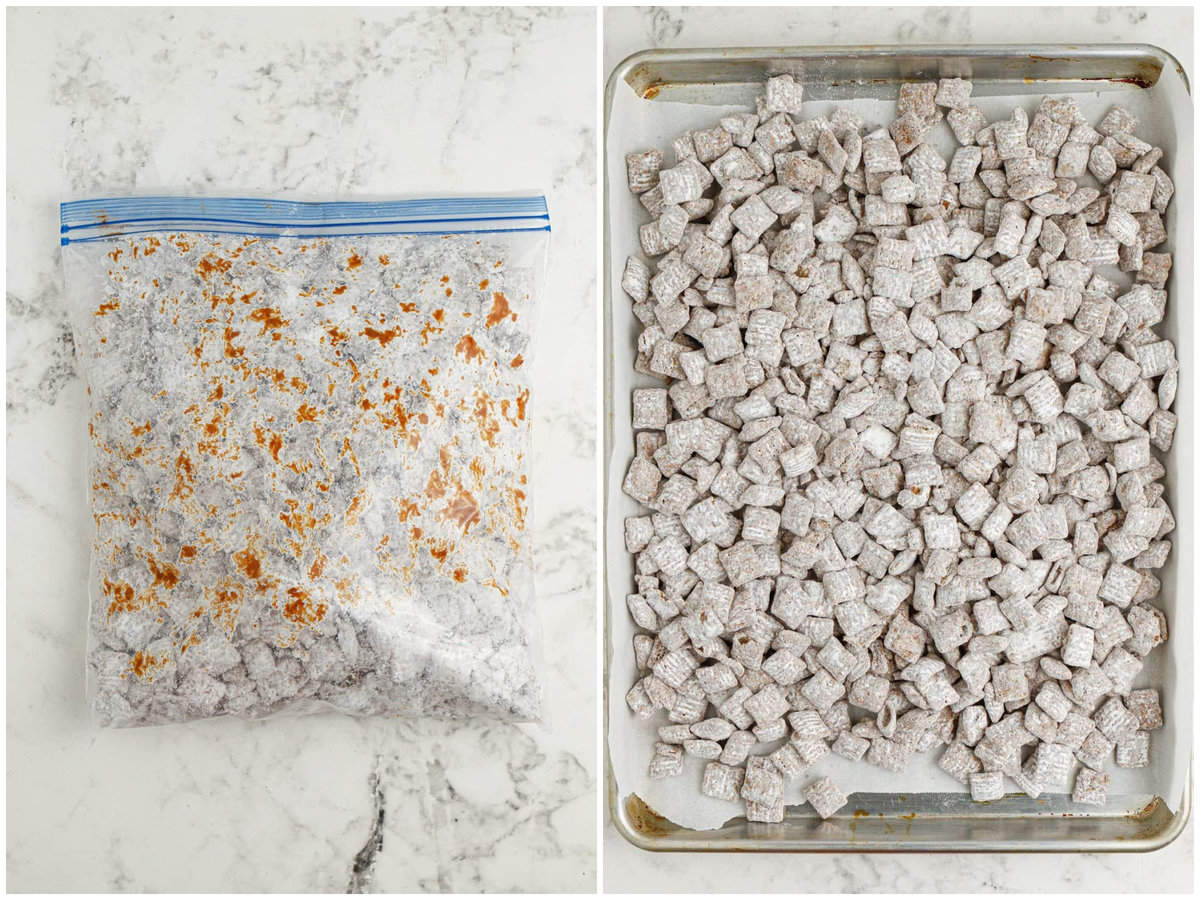



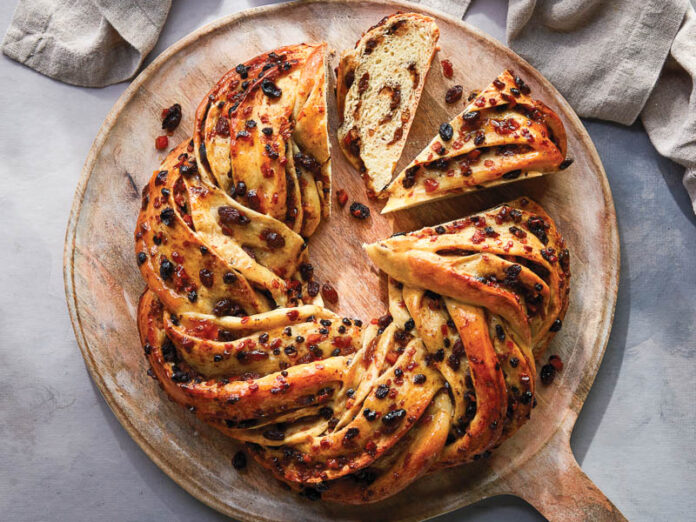



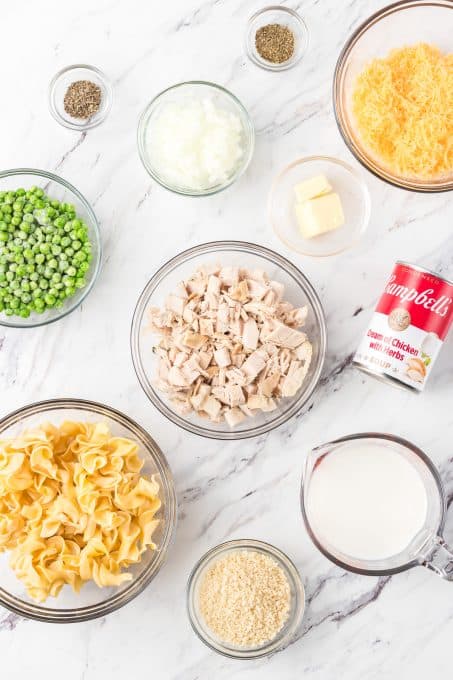
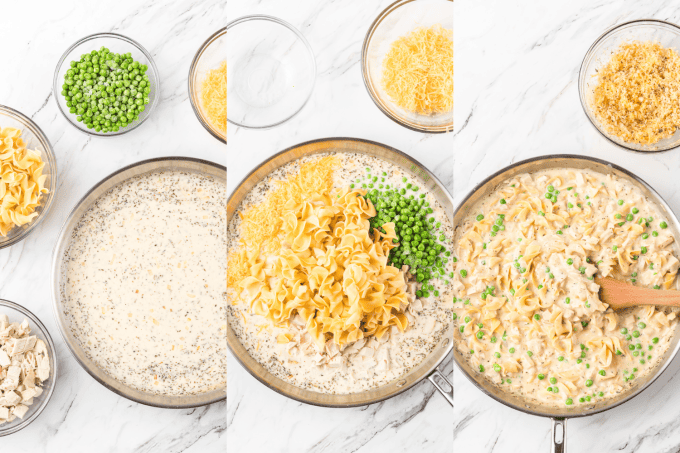





![Mixiote – Discover This Tasty Mexican Dish [with Recipe] Mixiote – Discover This Tasty Mexican Dish [with Recipe]](https://www.elementarychef.com/wp-content/uploads/2023/03/mexican-mixiote-768x576.jpg)























![Discover Chinese Regional Hunan Pork Dish [with Recipe] Discover Chinese Regional Hunan Pork Dish [with Recipe]](https://www.elementarychef.com/wp-content/uploads/2021/08/china-hunan-pork-768x576.jpg)




![Sopita – Discover This Warming Mexican Dish [with Recipe] Sopita – Discover This Warming Mexican Dish [with Recipe]](https://www.elementarychef.com/wp-content/uploads/2021/11/dish-sopita-768x576.png)





![Suadero – Discover Mexico City Authentic Taco [with Recipe] Suadero – Discover Mexico City Authentic Taco [with Recipe]](https://www.elementarychef.com/wp-content/uploads/2021/04/mexican-suadero-768x576.jpeg)






